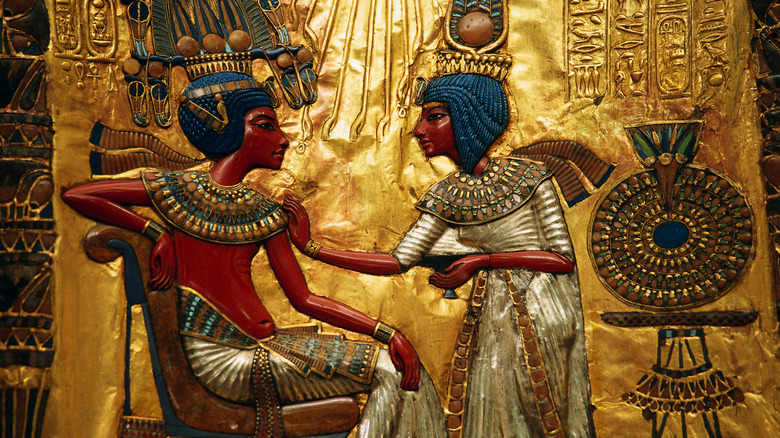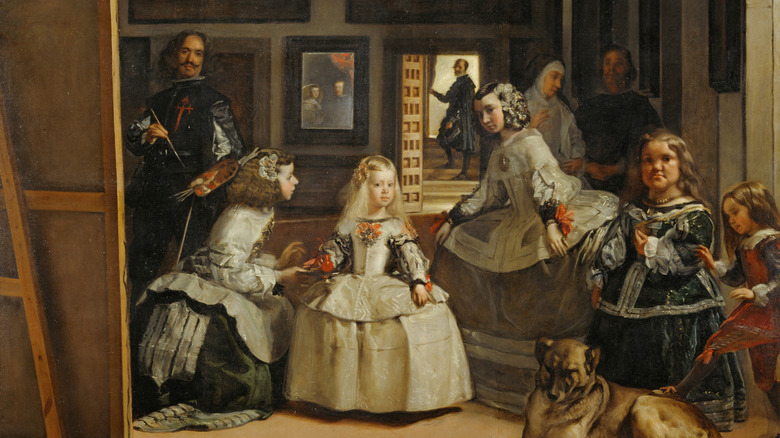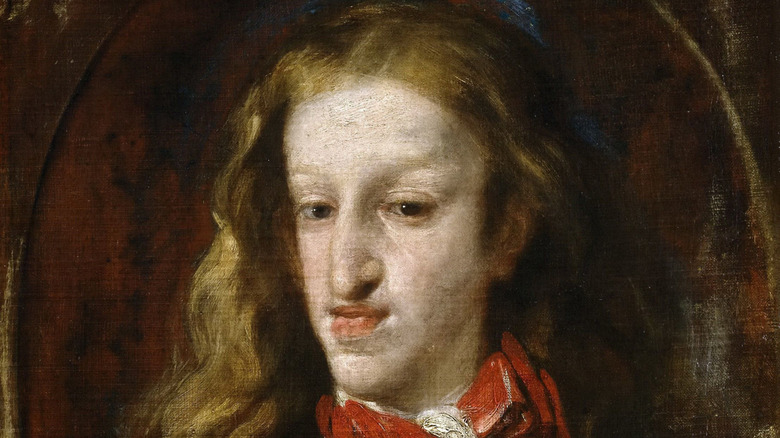Why Were So Many Royal Families Inbred?
The concept of monarchy has dominated human culture for thousands of years, with civilizations across the globe organizing themselves around the belief that a certain family or dynasty had within its bloodline the divine right to rule over the rest of society. Ancient Egypt, for example, was a theocratic monarchy with the king, or Pharaoh, typically exhibiting their power before the landworking peasants by traveling through the country as part of a large and impressive retinue.
In Europe, royal families enjoyed sovereignty until the arrival of democratic parliaments, which generally took control of a country's political power. Where royal families remain, they do so as figureheads, executing an assortment of ceremonial duties throughout the calendar year. Queen Elizabeth II of the United Kingdom was one notable recent figure whose ability to fulfill royal duties gave the U.K. a great deal of soft power in diplomatic affairs through much of the 20th and 21st centuries. Throughout the history of monarchies from the ancient world to the present day, sovereignty is passed on hereditarily, typically to the oldest living son of the monarch.
Before royal families became predominantly symbolic, with sovereignty came the passing of a huge amount of political power and wealth. As such, royals across the world have historically taken part in a practice that is one of civilization's most enduring taboos: incest. In doing so, certain dynasties have believed it might be possible to strengthen and "purify" bloodlines, avoid power falling into the hands of outsiders, or else strengthen ties among royal houses who, in Europe at least, were closely related to begin with.
Beliefs around royal bloodlines and diplomatic benefits
The idea of inbreeding within one's own family is repulsive to most regular people, but throughout history, incest within royal families has recurred time and time again. The rationale for the practice was that it concentrated power within the family, which, with a monarchy essentially privileging one family according to their bloodline, would seem to chime with what the system of government is all about. There is also the idea that royalty need not follow any rules other than those they make for themselves, a way of making the monarch and their relatives distinct from the people they rule over and the members of their court. Myths and religions depicted creation stories that involved incest, which royals, who often considered themselves divine, looked to replicate in their own behavior.
In practice, few European royals throughout history indulged in sibling incest, or that between parents and children. Instead, it tended to be cousins who became entwined, which, while still taboo in most regions of the world, hasn't been quite as frowned upon throughout history as you might expect. Indeed, the practice of cousins marrying cousins has often been used to form bonds and secure social status between different royal and aristocratic families, many of whom in regions such as Europe, where interbreeding was already closely related due to intermarrying.
The dangers of inbreeding
But of course, there is an evolutionary reason why the idea of incest is generally so gross and remains a taboo in most world cultures. Just as pedigree dog breeds generally tend to have a greater number of health complaints, shorter lifespans, and lower levels of intelligence than their mixed-breed counterparts, inbreeding amongst humans can have immense physiological effects on the offspring that make the practice inadvisable if your intention, as with royal families, is to secure a healthy lineage.
Inbreeding causes genetic problems. With regular breeding between two partners with distinct sets of genes, there is generally little crossover of the same sets of recessive genes, which can become "homozygous" in the offspring, or capable of expressing traits, which in many cases are disadvantageous. With interbreeding, recessive genes are more likely to present themselves in descendants, and can be responsible for a range of inherited diseases and mutations that can affect the offspring throughout their life and limit their chances of living a fulfilling life, or even surviving to adulthood.
Warnings from history: Tutankhamun and Charles II of Spain
The famous Egyptian Pharaoh Tutankhamun, whose life and death 3,000 years ago have been the subject of much scholarly discussion since his sarcophagus was first discovered by Egyptologists in 1922, was one royal figure who suffered from poor health. Though he ascended to the throne at the age of just 9, he was born with a cleft palate and a severely curved spine, an inflamed foot with degenerating toes, and a weakened immune system.
Much of his ill health can be attributed to incest, with his father, Pharaoh Akhenaten, having sired Tutankhamun with one of his own sisters or cousins – potentially the famous Queen Nefertiti — though researchers are still at odds on his exact lineage, and debate continues. "King Tut" is also believed to have suffered throughout his short life with malaria and brittle bones, including a broken leg, both of which likely contributed to his death at the age of just 19.
Another warning from history when it comes to the dangers of royal inbreeding is King Charles II of Spain, who was born in the 17th century after 200 years of dynastic inbreeding. He was a member of the notoriously inbred Habsburg family, the roots of which went back to the Holy Roman Emperor Charles V, and his immediate ancestors were all incestuous, from his father and mother, who were uncle and niece, to his grandparents on both sides, who were cousins (first cousins in the case of his paternal grandparents). Charles suffered from profound disabilities, including birth defects such as the "Habsburg jaw," a pronounced underbite, and tongue that inhibited both speaking and eating. He died at the age of 38, and the Habsburg dynasty with him.



